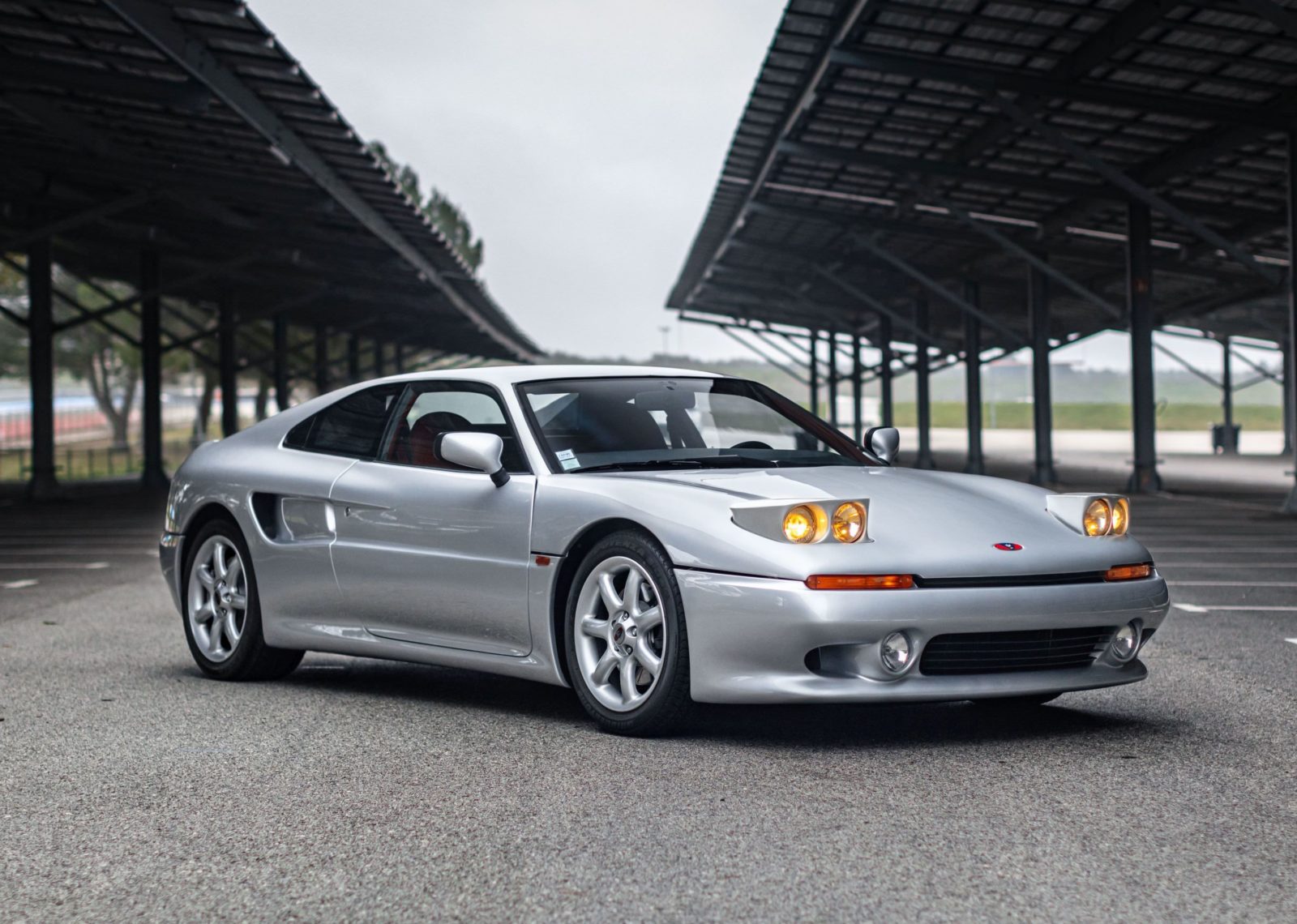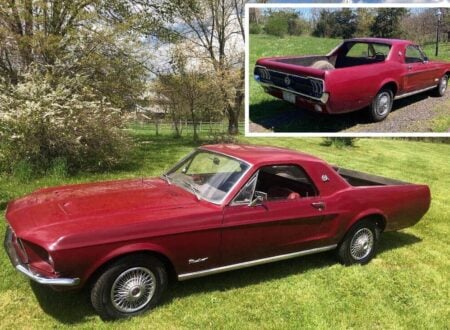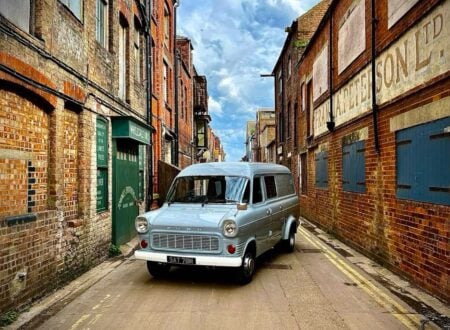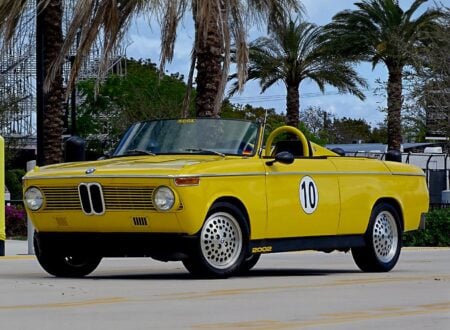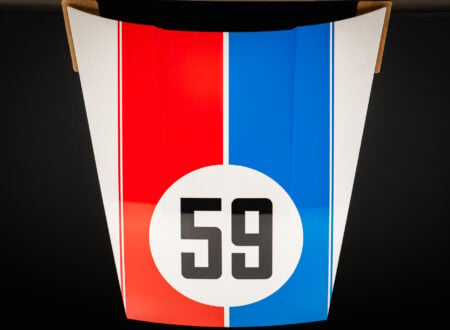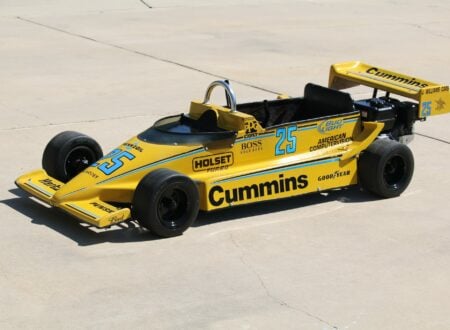The Venturi 300 Atlantique is a little known mid-engined French GT car from the 1990s, they were built in very limited numbers and at the time of their release they were among the fastest French production cars in the world.
Venturi has often been compared with Lotus, the British automaker located just across the channel. This comparison rises from the fact that Venturi often made use of fiberglass bodies and tubular steel back bone chassis, just like their British cousins, as well as mid-mounted engines and a strong focus on handling.
Fast Facts – The Venturi 300 Atlantique
- The Venturi 300 Atlantique is one of the more successful production cars from French automaker Venturi, it was developed to challenge the likes of Porsche, Ferrari, and Aston Martin.
- Venturi was founded by French engineers Claude Poiraud and Gérard Godfroy in 1984. They displayed a couple of concept cars in the mid-1980s and then introduced their first production car in 1987 – the Venturi MVS.
- Production numbers of each Venturi model were never particularly high, typically a few dozen a year at best, but owners prized them for their handling and performance, and motoring journalists like Jeremy Clarkson extolled their virtues.
- The Venturi 300 Atlantique was built between 1991 and 2000. It was powered by the PRV V6 in turbo, twin-turbo, or naturally aspirated form with later cars using the V6 ESL engine. The turbocharged version you see here produces 281 bhp and is capable of 280 km/h (174 mph).
Venturi – The French Answer To Lotus
Ever since it was founded in 1984, Venturi has frequently been compared to Lotus, though perhaps a more fair comparison would be Alpine – the French builder of sports cars with fiberglass bodies and backbone chassis including the highly-regarded Alpine A110.
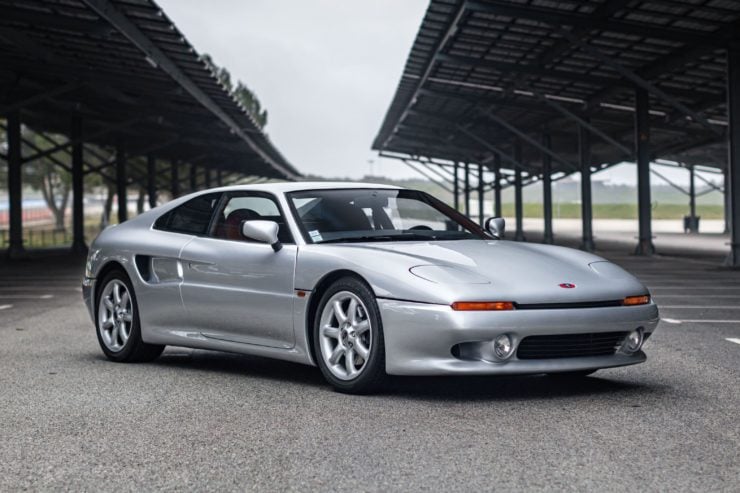

French engineers Claude Poiraud and Gérard Godfroy founded the company specifically to create a French rival for automakers Porsche, Ferrari, and Aston Martin.
Though they didn’t quite succeed in their mission they did create one of Europe’s most unusual marques, a company that would successfully compete in GT racing, they battled with Ferraris and Porsches at the 24 Hours of Le Mans, and even (briefly) competed in Formula 1.
Over the course of the company’s tumultuous history they built some of the fastest French production cars in history, including the twin-turbo Venturi 400 GT which produced 402 hp and could reach a top speed of 291 km/h (181 mph) with a 0 – 60 mph time of 4.7 seconds.
Venturi would go bankrupt in the year 2000, the company was quickly bought out by Gildo Pallanca Pastor who turned it into one of the world’s first 100% electric sports car companies. It also currently competes in the world of Formula Racing as ROKiT Venturi Racing, and the company holds a world speed record for its Voxan Wattman electric motorcycle.
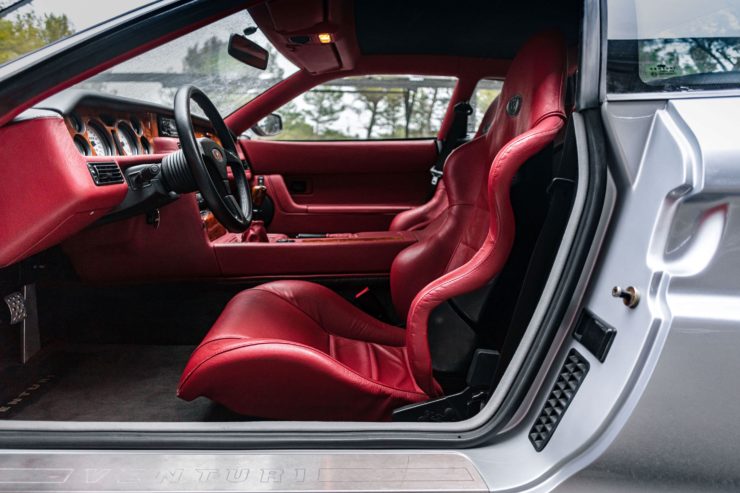

The Venturi 300 Atlantique
There can be little doubt that the Venturi 300 Atlantique is one of the best kept secrets in the modern history of French automobiles. The engineering that went into each Venturi was excellent, and the 300 Atlantique is no exception, it has a still tubular steel backbone chassis with a fiberglass body for low weight.
The PRV V6 is mounted amidships for optimal weight distribution, feeding power to the rear wheels via a 5-speed manual transmission.
There were a few different configurations of this powertrain offered by Venturi, the example you see here is powered by the turbocharged PRV engine producing 281 bhp and it’s capable of 280 km/h (174 mph).
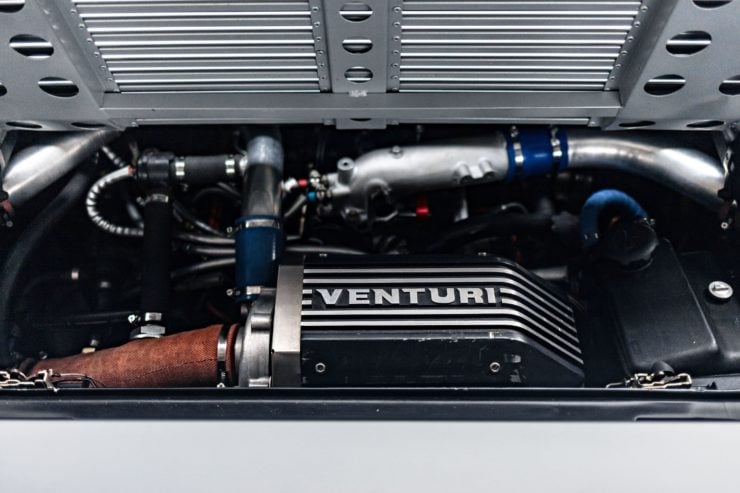

The styling of the Venturi 300 Atlantique has been compared to both the Lotus Esprit and the Ferrari 348, both of which were period sales competitors of course, and the Venturi was more than capable of rubbing shoulders with them on the roads, highways, and race tracks of Europe.
Just 57 examples of the Venturi 300 Atlantique turbo were built and despite the model’s rarity it still remains relatively affordable by supercar standards – the example you see here has a price guide of $91,500 – $114,400 USD.
When it was delivered new in 1997 the car had been optioned with Nimbus Grey paint and a Cartier leather interior. It was given a respray in its original color in 2015, and it’s now showing just 15,000 kms from new (9,321 miles).
If you’d like to read more about this car or register to bid you can click here to visit the listing on Artcurial. It’s due to cross the auction block on the 18th of March in Paris.
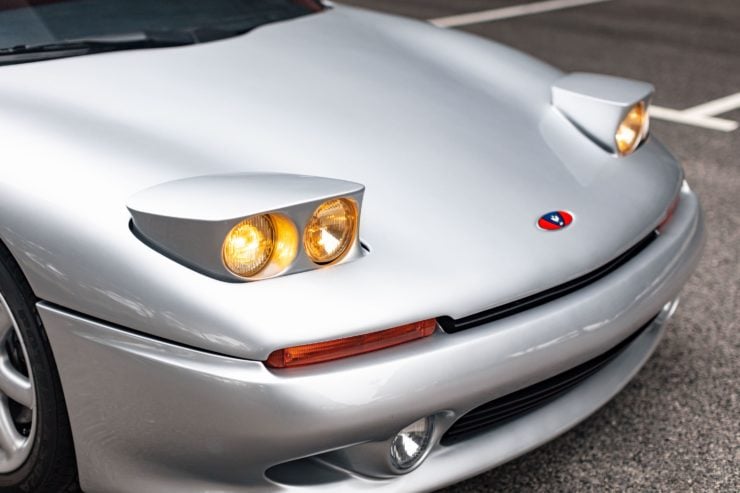
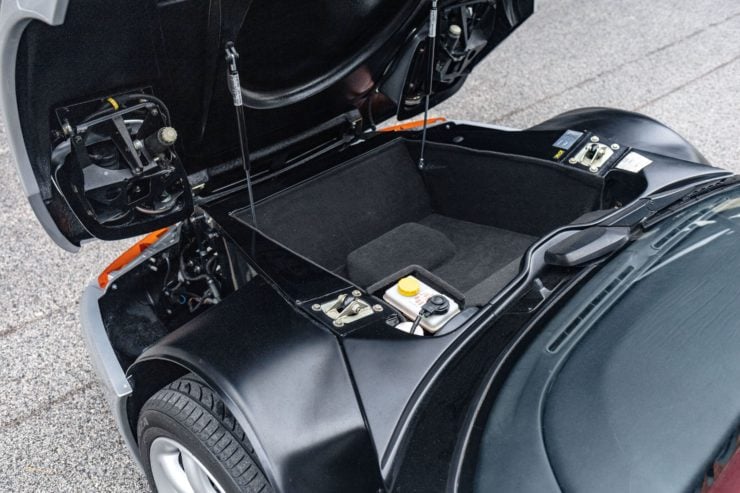
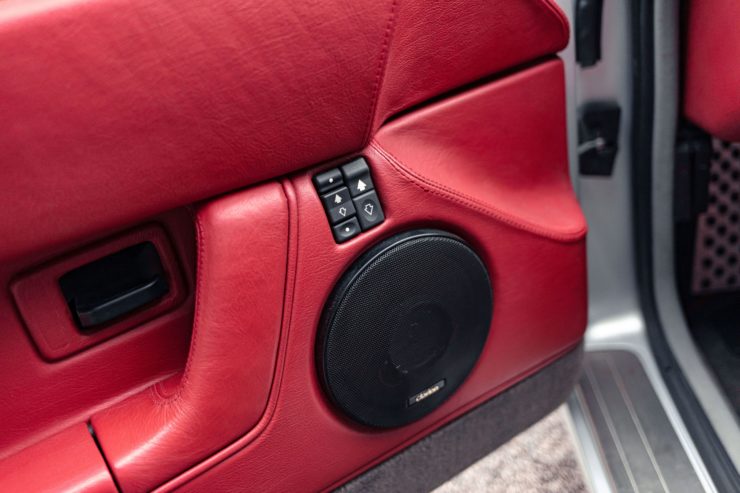
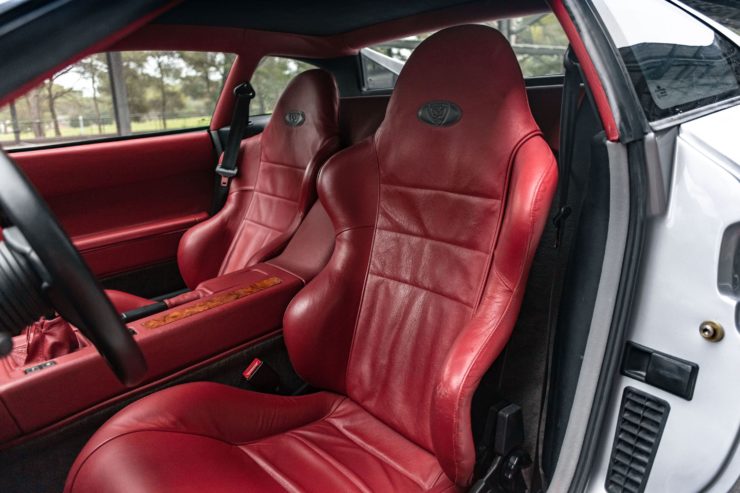
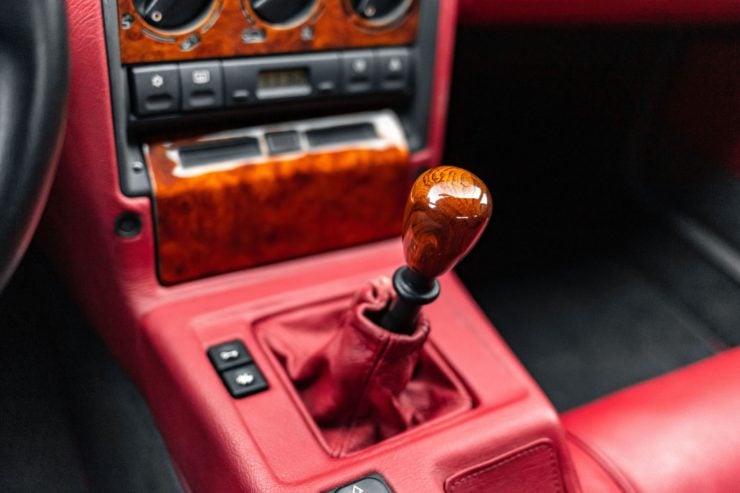
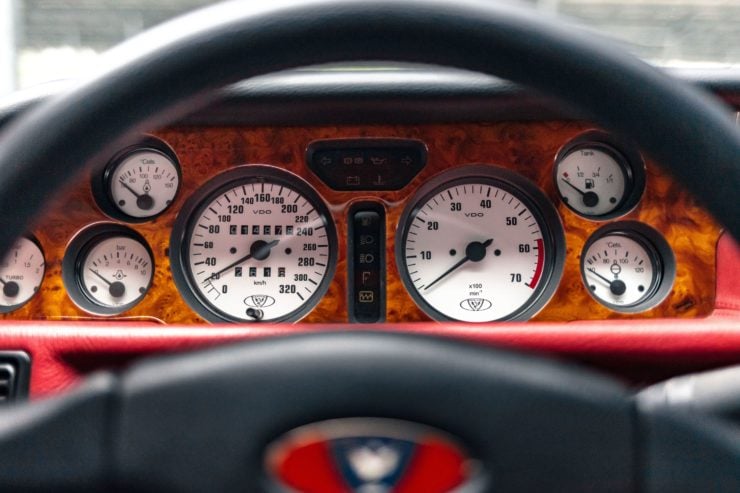
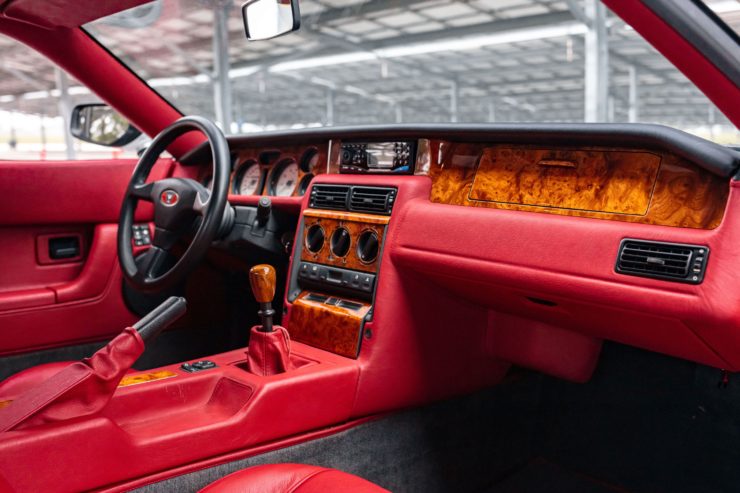
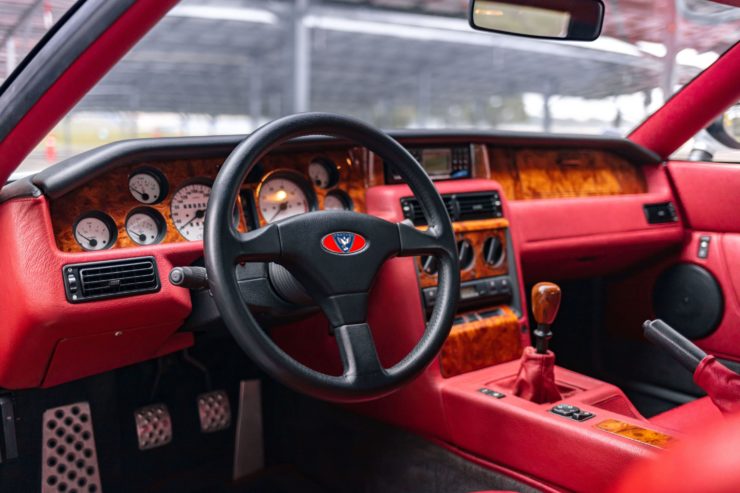
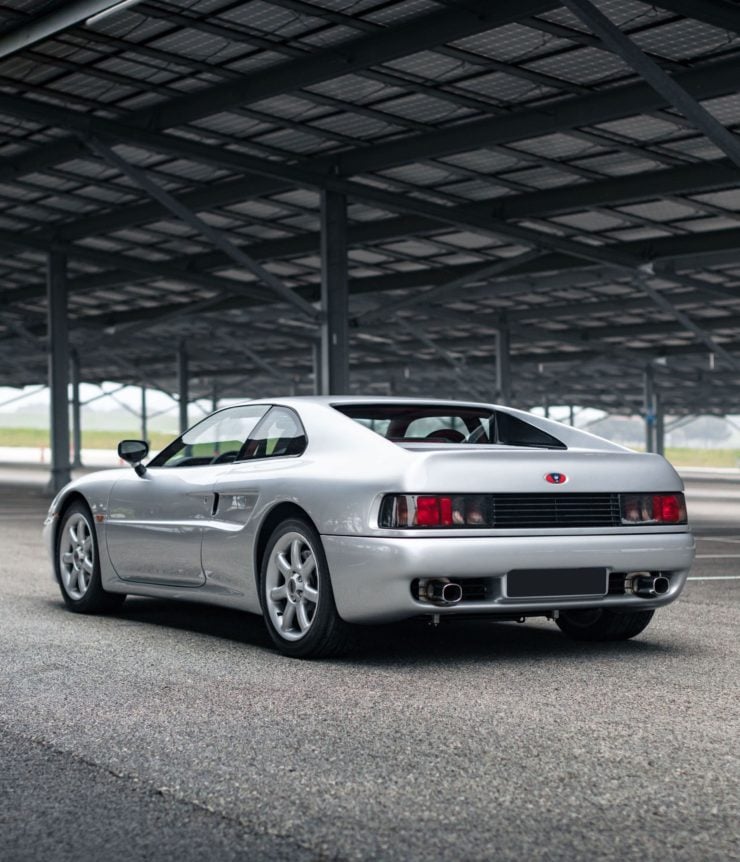
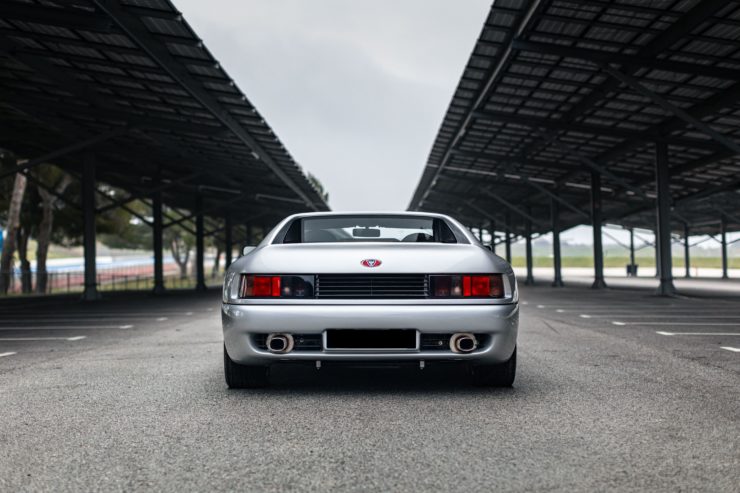
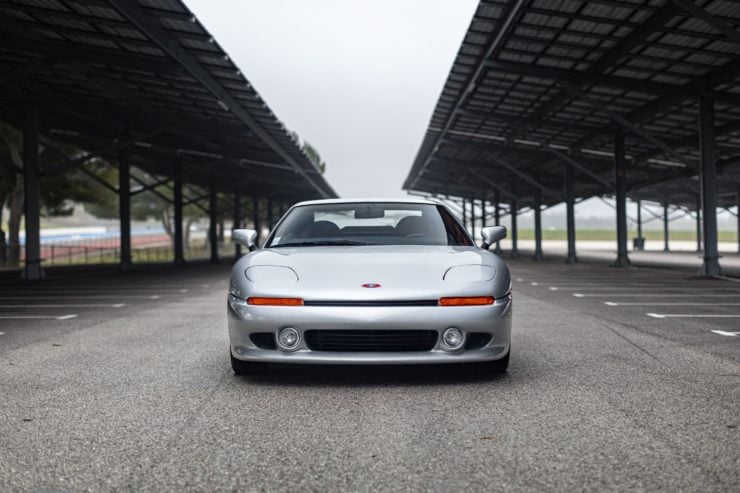
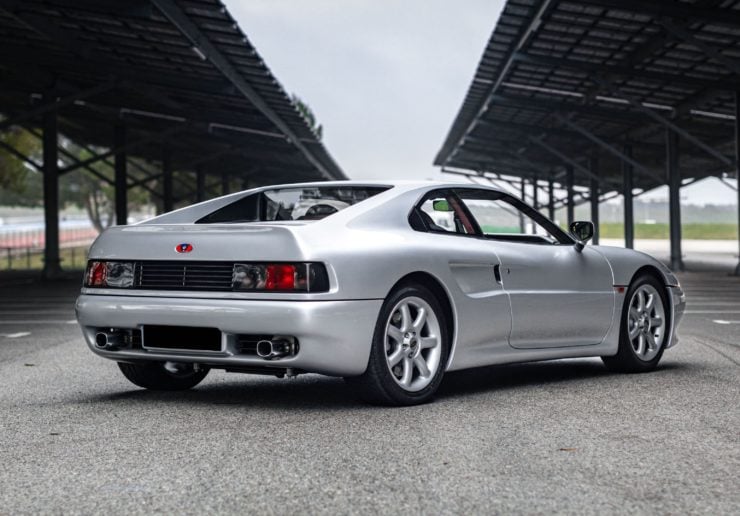
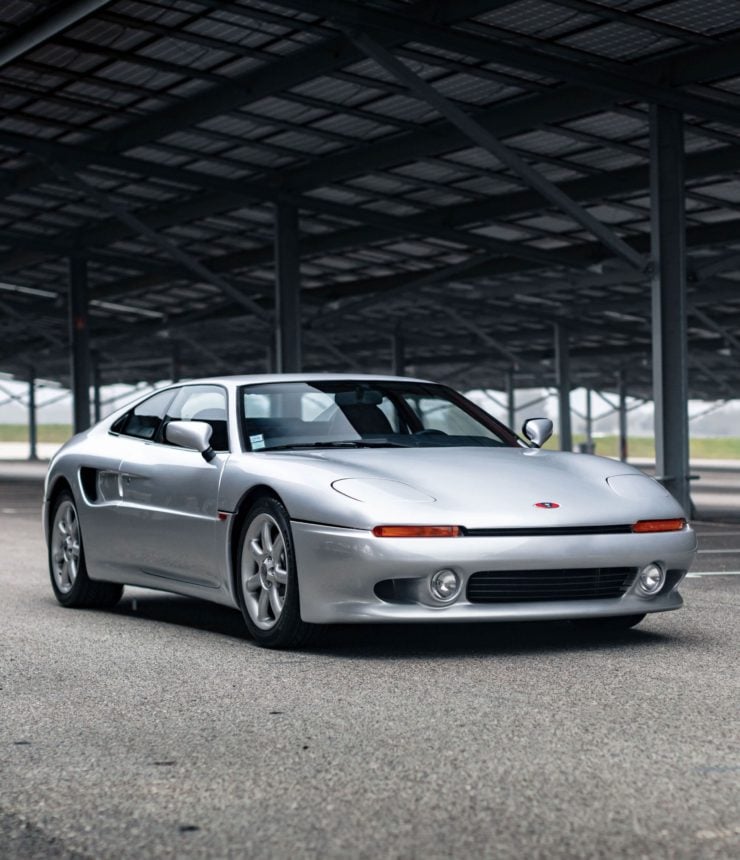
Images: Kevin Van Campenhout courtesy of Artcurial

Articles that Ben has written have been covered on CNN, Popular Mechanics, Smithsonian Magazine, Road & Track Magazine, the official Pinterest blog, the official eBay Motors blog, BuzzFeed, Autoweek Magazine, Wired Magazine, Autoblog, Gear Patrol, Jalopnik, The Verge, and many more.
Silodrome was founded by Ben back in 2010, in the years since the site has grown to become a world leader in the alternative and vintage motoring sector, with well over a million monthly readers from around the world and many hundreds of thousands of followers on social media.

